
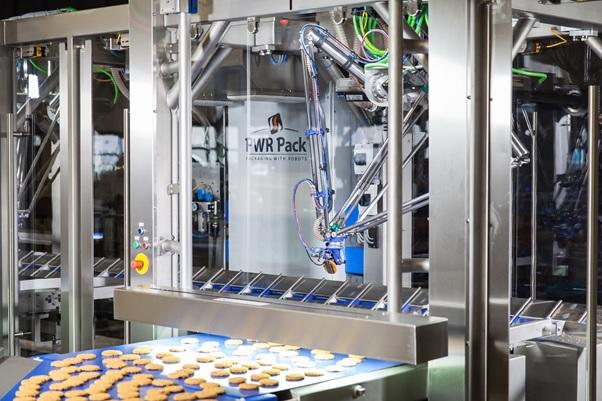
packaging factory
Packaging is rather important, regardless of that whether it’s food packaging, cosmetics packaging, or electronics packaging. It always serves a certain purpose.
Please take a brief moment to recall the last item that you purchased. It does not matter if it had to be eaten, drank, or applied to clothes?
Once you have an image of the item right into your head, can you imagine what it makes you feel? Which image do you associate with the item? What do you think about safety, design, or looks? Perhaps it serves a temporary protective role for all of its contents.
The commonality between everyday products of almost all possible kinds is the fact that they all come properly wrapped in packaging.
Packaging serves many purposes. Packaging is not intended to be used for a single purpose. Packaging serves multiple aims. It can be removed to allow you to use the product inside, or it can be thrown out as soon as it runs out of packaging material. It is always the same. It’s only temporary.
It is clear that packaging waste is a major global problem. The amount of packaging waste that we produce per person daily, weekly, and monthly has increased dramatically due to our single-use culture.
This is especially valid for the food industry and, respectively, for the food packaging systems, as well. Plastic packaging materials can cause quite serious harm to the environment. They pollute the natural landscapes, break down into microplastics, and end up in the oceans and marine biodiversity. Many companies, organizations, and schools are working (often in sync) to find sustainable and safe alternatives for traditional packaging materials. Most everyday products have a short life span but long-lasting effects.
Achieving greater materials circularity will reduce single-use packaging and increase materials’ lifespan.
Next, I will list the most important reasons why packaging is so important.
It protects the content in it
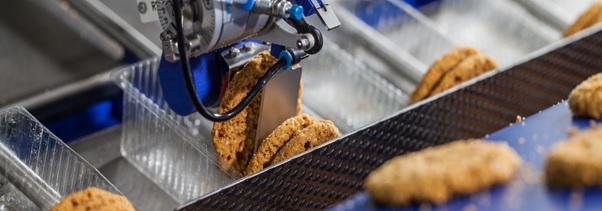
Packaging initially serves the primary purpose of protecting its contents from damage during transportation, storage, and handling. Packaging keeps the product intact during the entire logistics chain, from the pick and place packaging machine to the end-user, which is a really serious road to go through. Packaging protects the product against heat, humidity, light, and almost all environmental conditions. This is the main purpose of it. It is not uncommon to have wrapping that is larger than the product. This is especially true when you order items online. It is amazing how much the packs contribute to the product. Packaging’s primary purpose is to protect. However, there are two types of packaging: intelligently designed packaging and unfit-to-purpose packaging.
Safety

Packaging plays an important role in protecting the contents and consumers. Important information about the product and safety should be included in it. The important information about the product and its safety should be displayed clearly, such as the best before date, packing date, and list of ingredients. No harmful chemical, smell, or taste is allowed to be included in packaging materials onto food, regardless of the fact that it was made from brand new material, recycled material, or a combination thereof. If the packaging contains toxic substances, it must be made clearly stated on the packaging. These pieces of information increase the product’s safety for the customer. Excessive information is better than not enough.
Attractiveness

Packaging is a rather important part of marketing and branding a product. Unique design can enhance the product’s appeal and increase sales. Packaging is equally vital for marketing as the product itself. The well-created design serves several purposes. It helps the product stand out on the shelf or website. Two-thirds of respondents say packaging influences their purchasing decisions. Packaging can tell a lot about the company behind the product as well as its economic, social, and environmental impacts. Packaging is used to express the company’s values as well as the great benefits the product offers to consumers.
Usability of the product
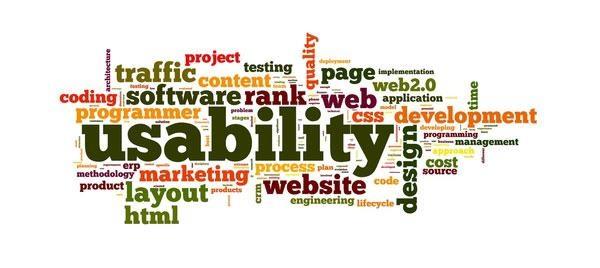
Consumers want packaging that is multifunctional. They want a packaging solution that is both functional and handy, as well. The end-user has the final word in regards to the usability of packaging. Some consumers will only be satisfied with one that is easy to open and close, foldable and recyclable. In addition, it can be said that optimal design enhances usability. The current trend in packaging usability is to move away from single-use culture and to buy products in bulk in reusable wrappings. To grocery shop that is environmentally conscious, customers have already taken their own containers, bags, and jars. Packaging usability remains a major challenge. Is it possible to recycle packaging multiple times?
Sustainability
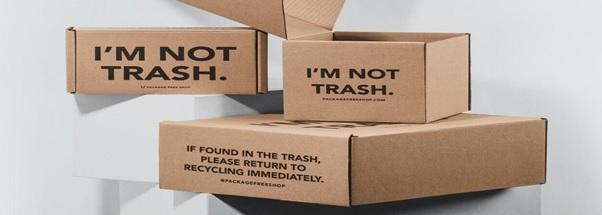
Consumers are increasingly paying more attention to the environmental impact of packaging materials before they make a purchase decision. The more sustainable packaging is perceived, it will have the greater impact on sales. The design plays a critical role in how easy it is for materials to be separated from one another to how easy it can be recycled the whole pack. If it is properly created, not only does it save resources, but it also means that the packaging is easier for consumers to use.
Consumers are becoming more conscious of the environmental impact of their actions. Before buying a product, they evaluate its potential to pollute the environment. Consumers will be attracted to packaging that clearly explains the product’s environmental impact and recyclability.
In conclusion: Closing loop in the packaging industry
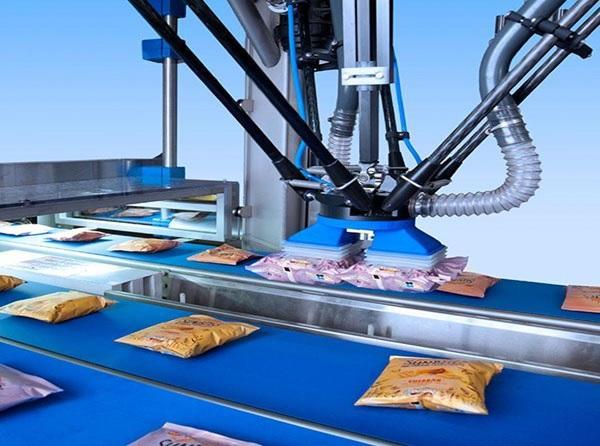
Good packaging protects the contents, conserves resources, and reduces carbon emissions. It uses energy-efficient production methods and sustainable raw materials. To achieve these criteria, it is important to have a good design, user-friendliness, and a long materials cycle.
Is all packaging always a bad thing? No, it is not. On the contrary, it is essential for many everyday products. Every day, new, sustainable, and reusable packaging is being developed. This is the current trend. You can, without a doubt, bring your own bags and containers. This means that you reuse what you have and buy more products in bulk.
It’s amazing how many things packaging can serve. And it is our responsibility to keep the things of our comfort and the environment in balance.